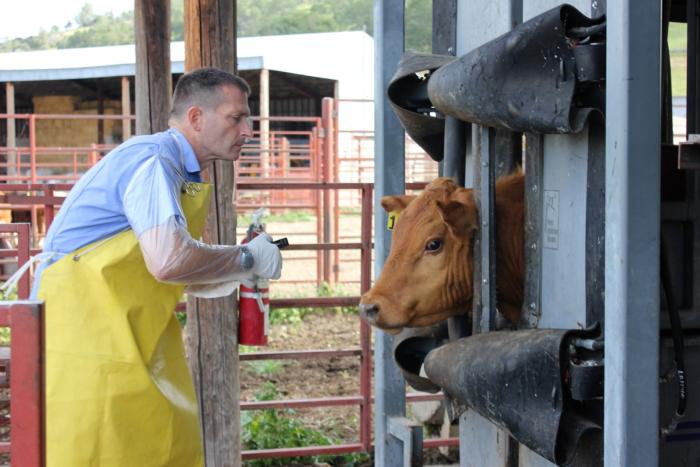Researcher Spotlights
John Angelos
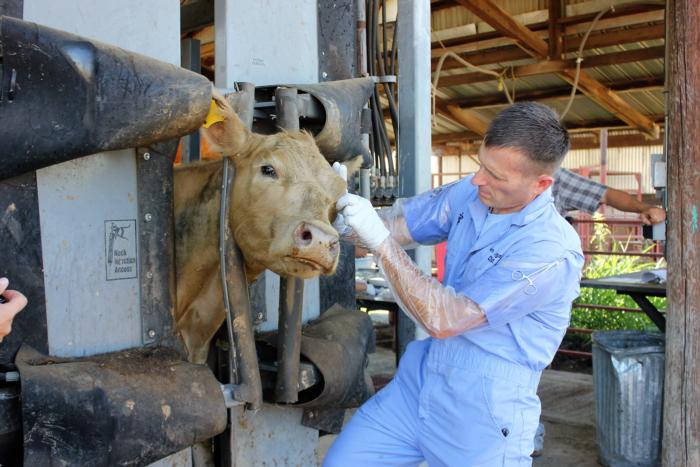
John Angelos is a Professor at UC Davis. He conducts research at Sierra Foothill REC.
What led you to become a veterinary researcher focusing on diseases of cattle?
Growing up in rural upstate New York, I worked at a local small animal veterinary clinic. During high school, my father started a small hobby sheep farm which exposed me to animal health and disease prevention in herd settings. While in college, I had a chance to work with a graduate student on a sheep respiratory disease research project. My mentors were able to identify and treat sick animals as well as perform the research needed to uncover ways to improve the health of herd/flock animals. It became an important goal for me to be able to combine having the skills and training of a veterinarian with an understanding and ability to conduct research aimed at preventing animal diseases. That led me to get my veterinary degree (from Cornell) and later residency training in food animal medicine and surgery followed by graduate training at UCD in the School of Veterinary Medicine.
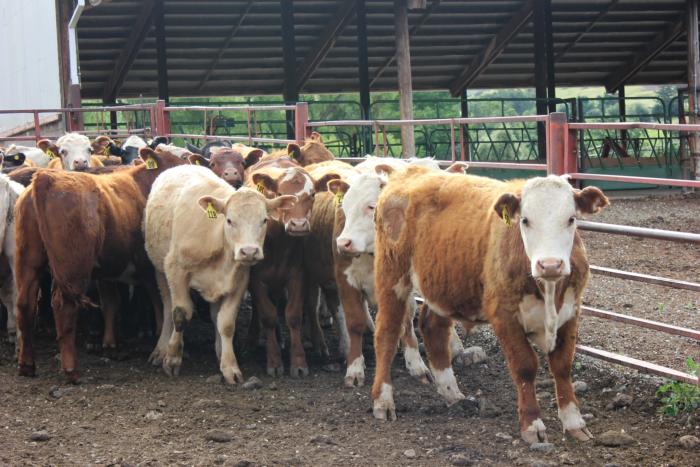
What brought your work to Sierra Foothill REC?
From the time I was a graduate student working with my mentor, Dr. Lisle George, I have been really lucky to be able to use SFREC animals, facilities, and staff support for my pinkeye research. After getting my graduate degree and eventually getting a faculty job at UCD SVM, I continued working on pinkeye and conducting my research, now primarily focused on the development of better vaccines to prevent pinkeye, at the SFREC. Having access to a location such as the SFREC where we can test vaccines under conditions that closely mimic typical California foothills environments and where pinkeye occurs naturally in animals is, in my opinion, priceless. I feel incredibly fortunate to have access to the cattle, facilities, and staff at the SFREC so that I can conduct my pinkeye research beyond just what I can accomplish in a laboratory setting.
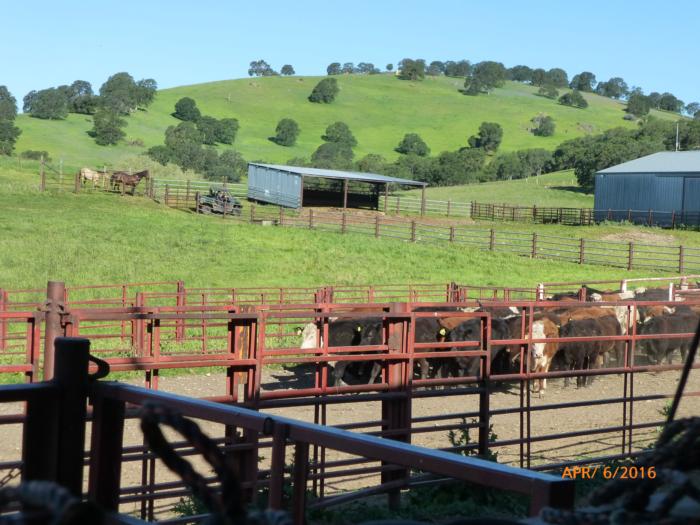
What do you hope to learn from your research at Sierra Foothill REC?
Our overarching goal is to develop better vaccines to prevent pinkeye in cattle. My earlier research involved identifying pathogenic factors in the bacteria that have been associated with pinkeye, then formulating these factors into vaccines, and finally testing the vaccines in cattle. These initial studies evaluated vaccines that were administered subcutaneously. More recently I have been developing and testing intranasal pinkeye vaccines at the SFREC.
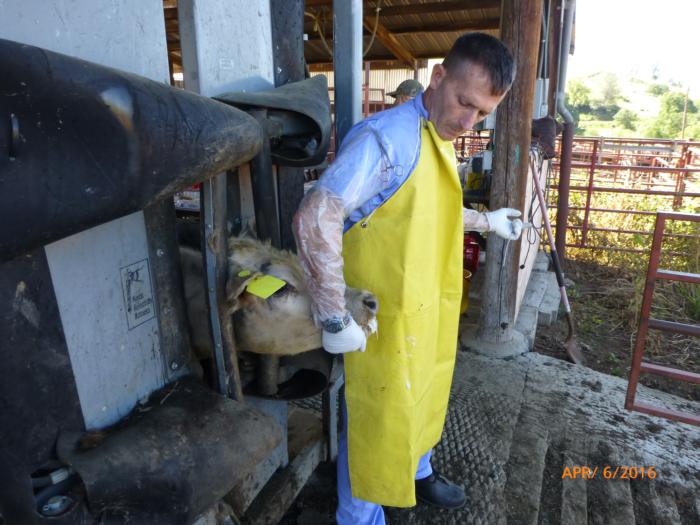
What is your favorite part about conducting your research at Sierra Foothill REC?
While I enjoy the basic science aspect of my research based on the UCD campus, I am especially motivated by being able to take this research to the field setting. The SFREC provides me with the opportunity to conduct applied research in a natural environment where cattle are exposed to risk factors that they would typically face in beef cattle-raising areas in California. The SFREC provides that type of environment- one that is able to rigorously test whether a vaccine is going to work in a natural setting. The SFREC staff have always been incredibly supportive and do whatever they can to help make these vaccine trials possible, and having access to SFREC’s cattle handling facilities and animals has enabled me to do this type of applied research. I also get a lot of personal and professional satisfaction by being part of a place like the SFREC that has such a rich history of conducting research aimed at solving problems affecting California’s animals, people, and resources.
